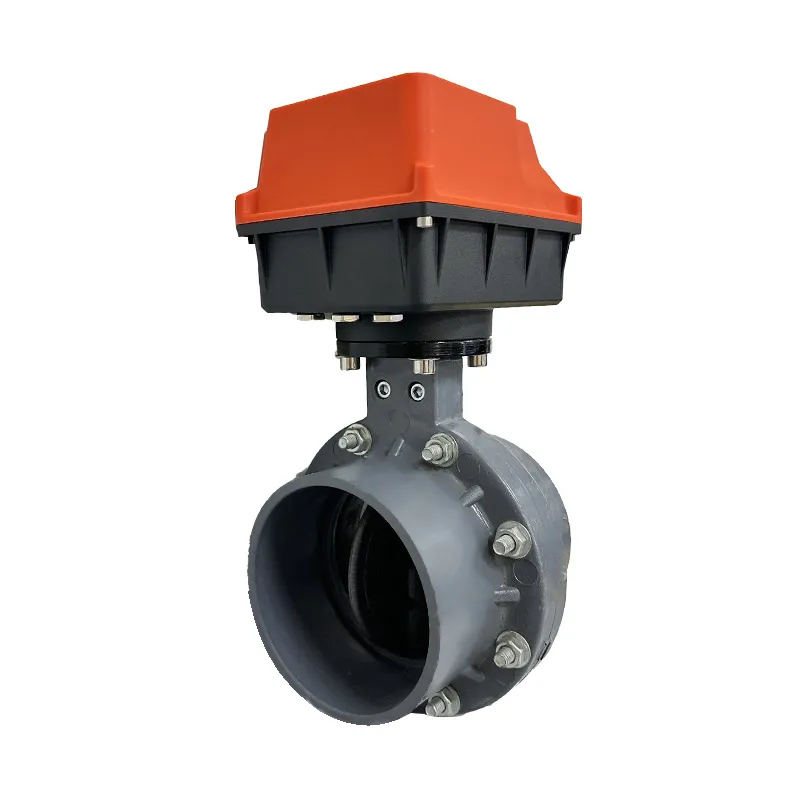Avoid your inquiry is delay response, please enter your WhatsApp/WeChat/Skype along with the message, so we can contact you at the very first time
We will reply you within 24 hours. If for urgent case, please add WhatsApp: +86 13188899036, or WeChat: 0531-87968777. Or call 0531-87968777 directly.
* We respect your confidentiality and all information are protected. We will only use your information to respond to your inquiry and will never send unsolicited emails or promotional messages.
In my valve manufacturing career, I’ve helped numerous clients make this crucial decision. The choice between butterfly and ball valves can significantly impact system performance and costs.
Butterfly valves offer advantages in large sizes, cost-effectiveness, and space efficiency compared to ball valves. They’re typically lighter, more economical, and require less installation space for larger diameter applications.

Valve Type Comparison
Let me share my insights from years of designing and implementing both valve types.
During my consulting work, I often clarify this common misconception about valve terminology1.
A butterball valve isn’t a standard industry term. People sometimes confuse butterfly valves and ball valves, but they are distinct types with different operating principles and applications.
Through my manufacturing experience, I’ve developed clear explanations of valve types and their distinctions. Let me share my practical knowledge.
Key Valve Categories:
From my design experience:
| Feature | Butterfly Valve | Ball Valve |
|---|---|---|
| Design | Disc | Sphere |
| Space | Compact | Larger |
| Weight | Lighter | Heavier |
| Cost | Lower | Higher |
| Size Range | 2″-96″ | 1/4″-24″ |
Based on my extensive field experience, understanding limitations is crucial for proper valve selection.
Butterfly valves have limitations in high-pressure applications2, can experience disc interference with flow, and may have sealing challenges at extreme temperatures. They also require careful sizing for throttling applications.
My years in valve manufacturing have revealed several important considerations. Let me share detailed insights from real applications.
Key Limitations:
From recent field studies:
| Limitation | Impact | Solution |
|---|---|---|
| Pressure | Limited range | Proper sizing |
| Flow | Turbulence | Flow straighteners |
| Sealing | Temperature sensitivity | Material selection |
| Control | Less precise | Actuator matching |
| Maintenance | Seat wear | Regular inspection |
Through my manufacturing career, I’ve identified optimal applications for butterfly valves.
Butterfly valves are ideal for large diameter applications3, space-constrained installations, and systems requiring lightweight, cost-effective solutions. They excel in low-pressure, high-flow situations.
My experience in system design has taught me exactly where butterfly valves provide maximum benefit. Let me share detailed guidelines.
Ideal Applications:
From implementation data:
| Application | Success Rate | Key Advantage |
|---|---|---|
| HVAC | 95% | Space saving |
| Water | 92% | Cost effective |
| Ventilation | 98% | Lightweight |
| Process | 90% | Easy operation |
| Storage | 94% | Simple maintenance |
My experience in valve selection has shown clear scenarios where butterfly valves4 are preferable.
Butterfly valves are chosen over ball valves for their lower cost in large sizes, reduced space requirements, lighter weight, and simpler maintenance. They’re particularly advantageous in low-pressure, high-flow applications.
Through years of helping clients choose between valve types, I’ve developed comprehensive comparison criteria. Let me share specific insights.
Selection Factors:
From recent projects:
| Factor | Butterfly Valve | Ball Valve |
|---|---|---|
| Cost (12″) | $1,500 | $4,500 |
| Weight | 45 lbs | 120 lbs |
| Space | 4″ face-face | 12″ face-face |
| Maintenance | Simple | Complex |
| Installation | Easier | More difficult |
Cost Analysis:
Butterfly valves offer significant advantages in large-diameter, low-pressure applications where cost, space, and weight are primary concerns. Understanding these benefits helps ensure proper valve selection for optimal system performance.